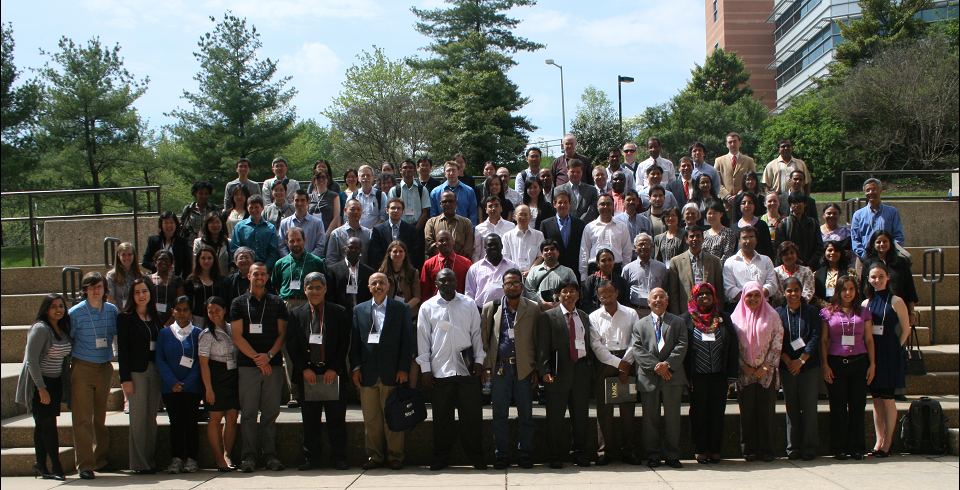


 A special feature of Probability and Statistics Day at UMBC 2013 is that the conference, including the workshop, is open to all statistics graduate students
from UMBC and local universites free of charge; however, REGISTRATION IS REQUIRED! The deadline to register is Friday,
April 12, 2013. // REGISTER NOW
A special feature of Probability and Statistics Day at UMBC 2013 is that the conference, including the workshop, is open to all statistics graduate students
from UMBC and local universites free of charge; however, REGISTRATION IS REQUIRED! The deadline to register is Friday,
April 12, 2013. // REGISTER NOW
For more information, contact any member of the organizing committee:
Bimal Sinha
Conference Chair
443.538.3012
Kofi Adragni
410.455.2406
Yvonne Huang
410.455.2422
Yaakov Malinovsky
410.455.2968
Thomas Mathew
410.455.2418
Nagaraj Neerchal
410.455.2437
DoHwan Park
410.455.2408
Junyong Park
410.455.2407
Anindya Roy
410.455.2435
Elizabeth Stanwyck
410.455.5731

Participant Information
Anna Sun
Poster: SAMPLE SIZE DETERMINATION FOR BIOEQUIVALENCE TRIAL ADJUSTED FOR MULTIPLE COMPARISONS
A bioequivalence trial is designed to assess the average equivalence of the test and reference treatments. Typically, the equivalence test applies to two to three responses determined by the absorption. The responses typically include area under the curve (AUC), maximum concentration (Cmax) and sometime including time to maximum concentration (Tmax). The equivalence test is typically in the form of two one-sided tests or of intersection-union test. This type of tests is of nature of multiple comparisons. There are quite a few proposals on sample size determination for two one-sided tests applicable to test for each parameter. Furthermore, because bioequivalence requires rejecting all three null hypotheses in terms of the three parameters, it involves further complication of the multiple comparisons. These two-levels of multiple comparisons lead to the difficulties in power computation and sample size determination for the desired overall power. In this project, we compare the exact and approximate approaches of sample size determination through simulation study and propose alternative approaches for sample size determination controlling trial wise power adjusted for multiple comparisons.